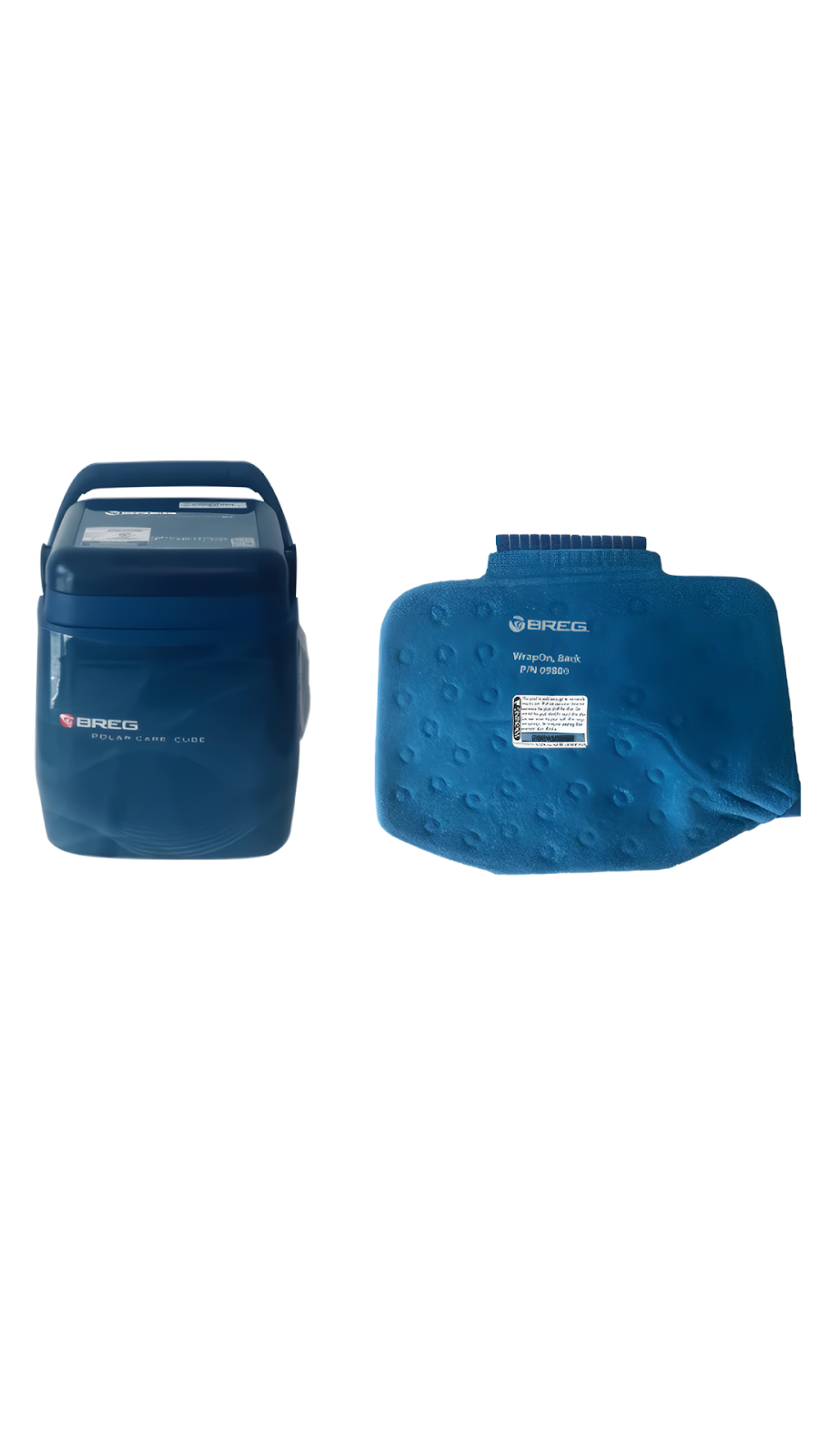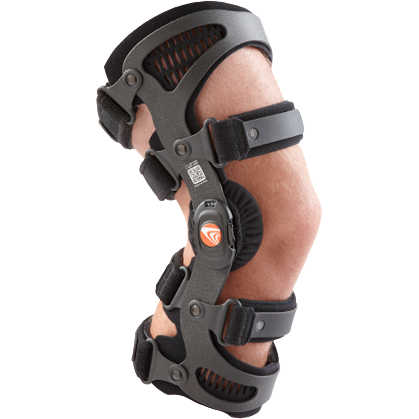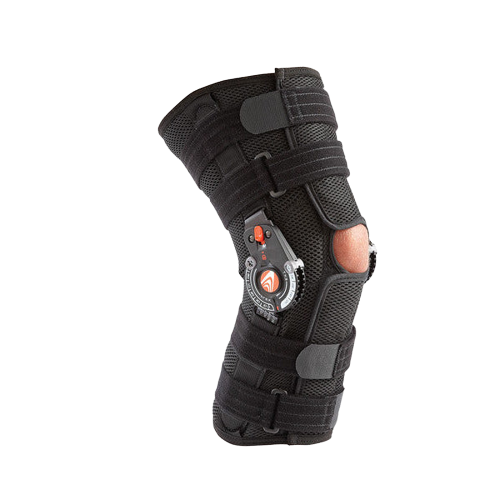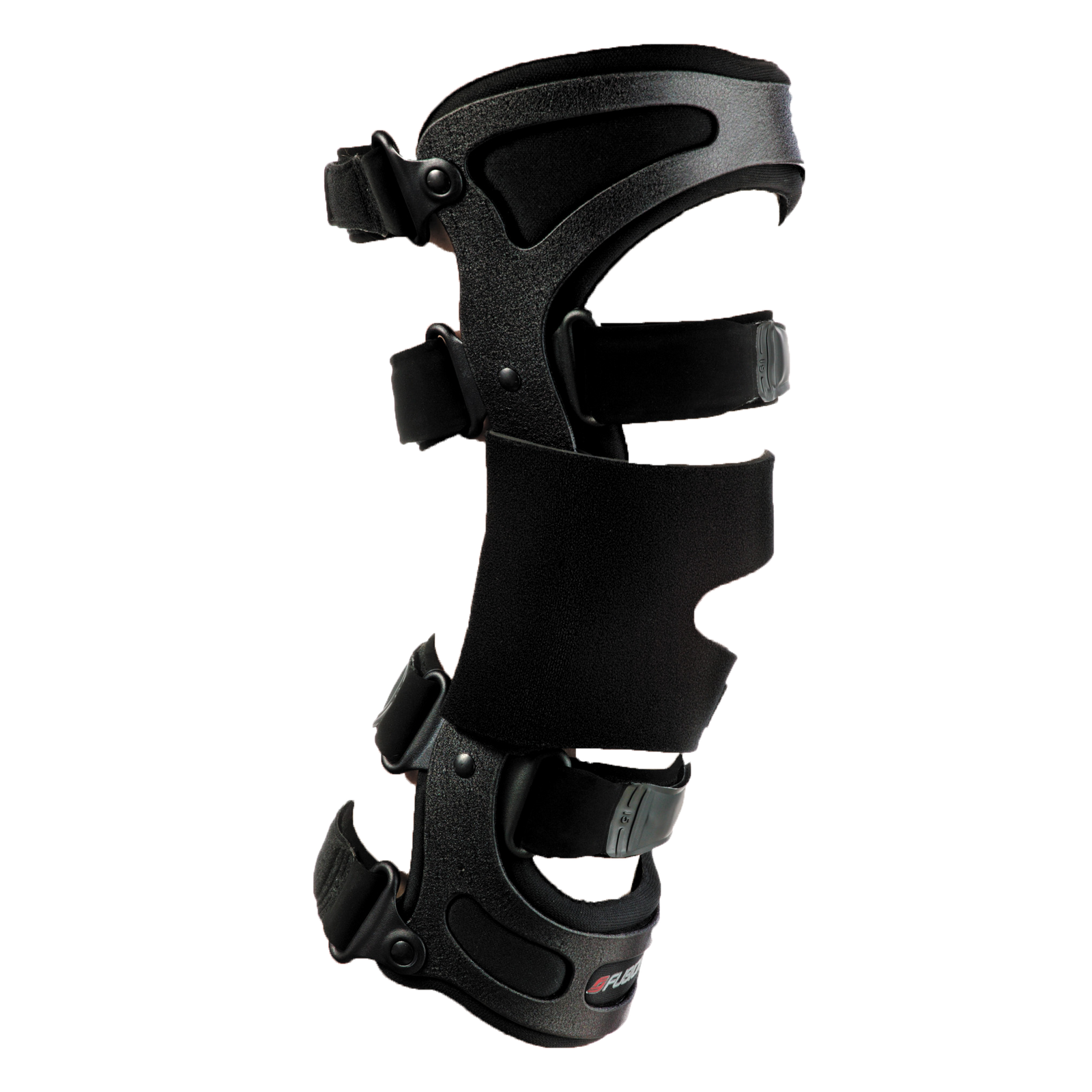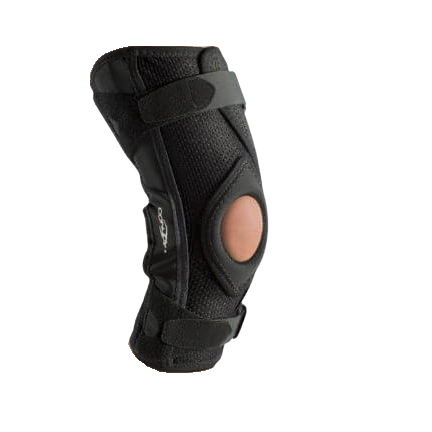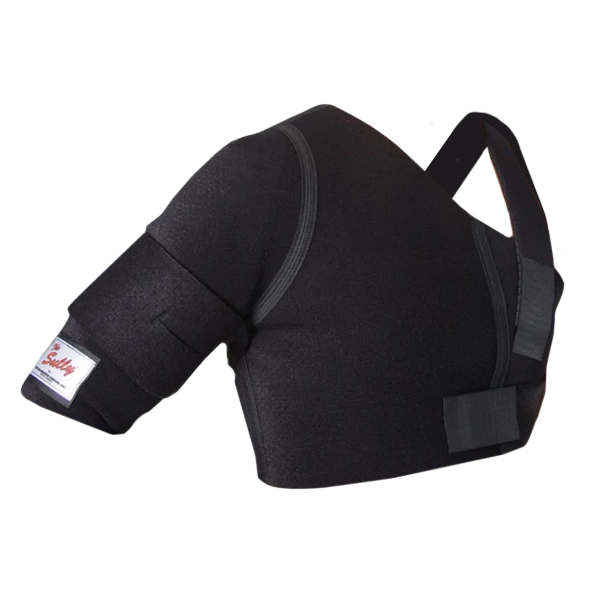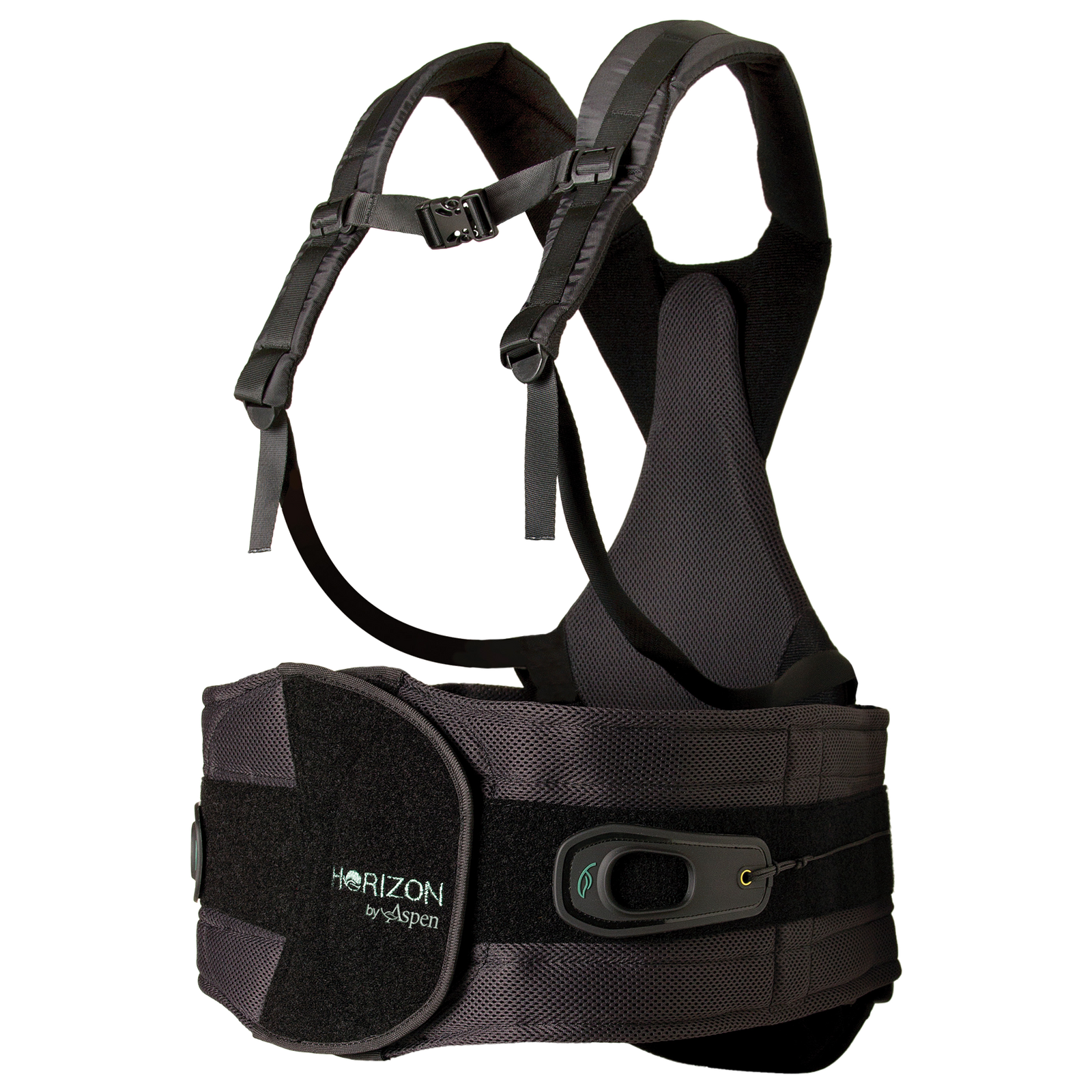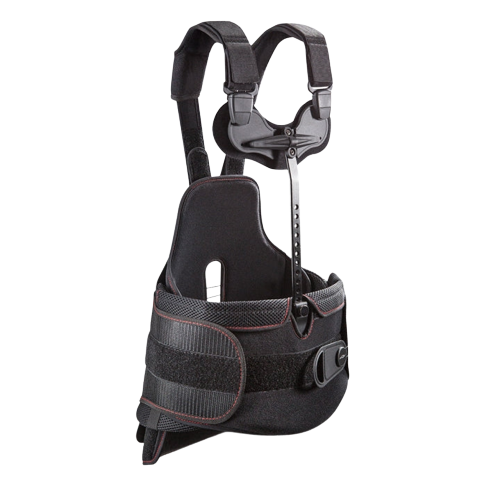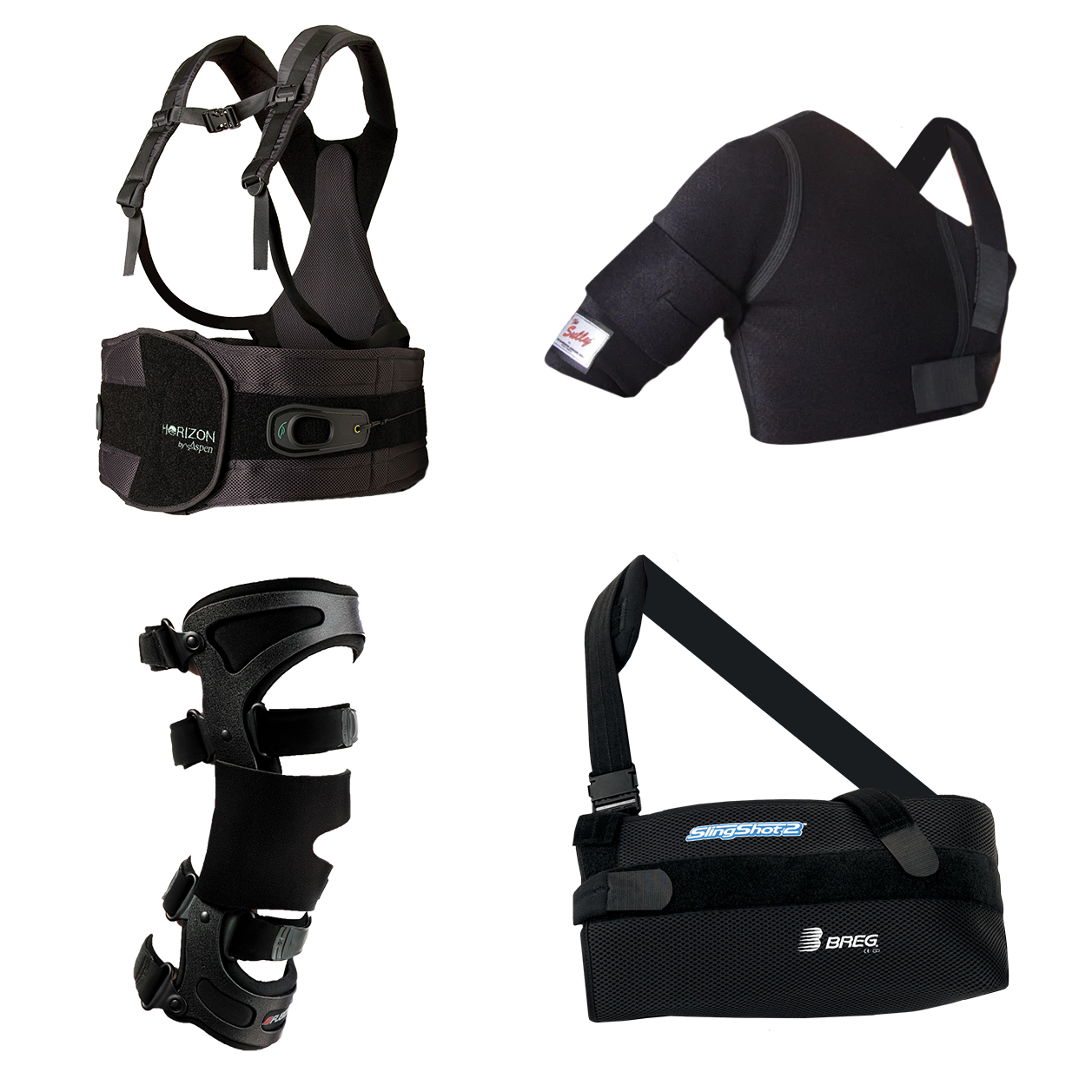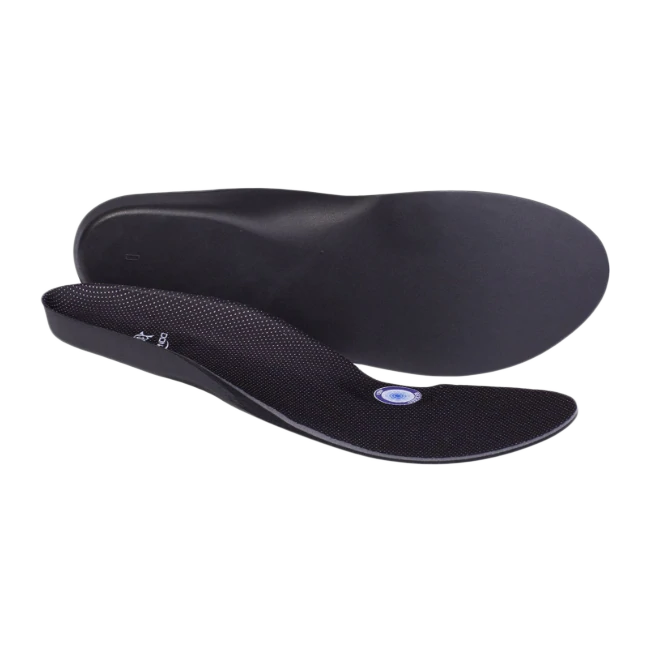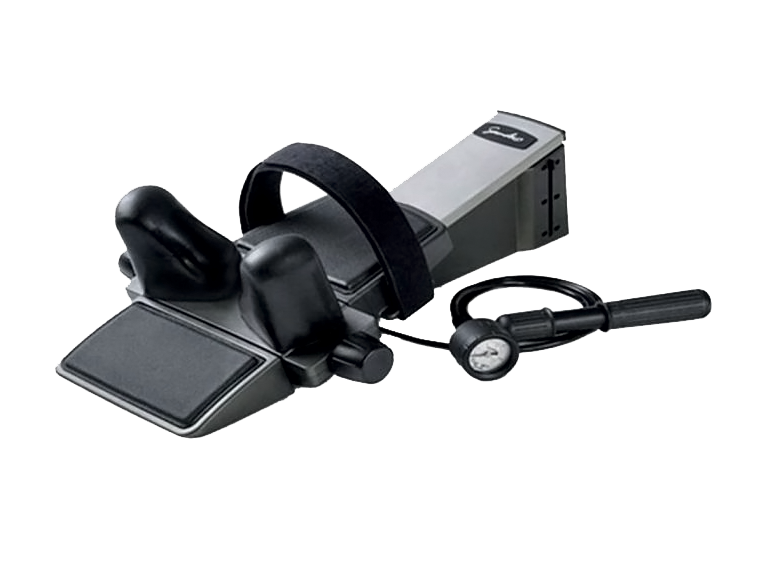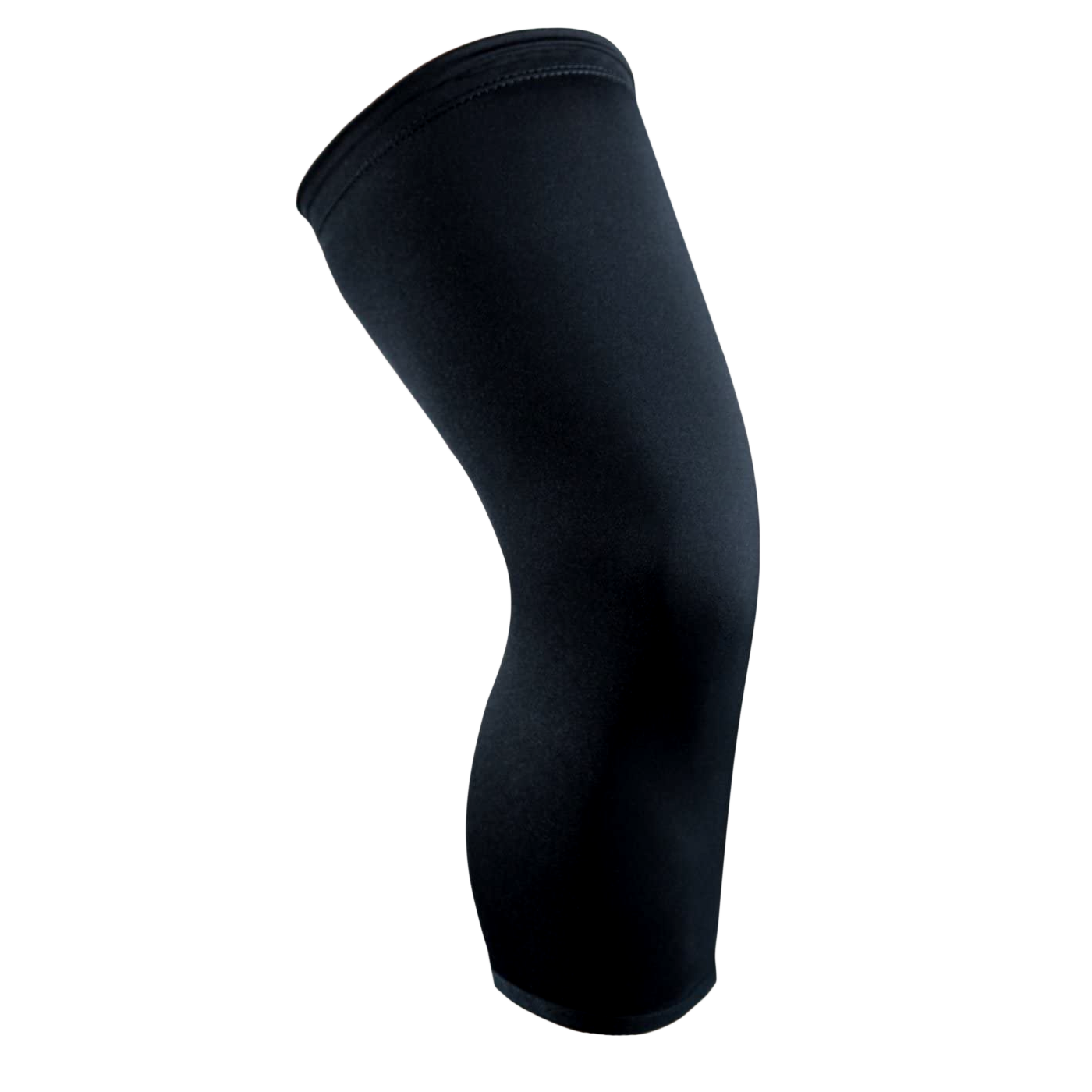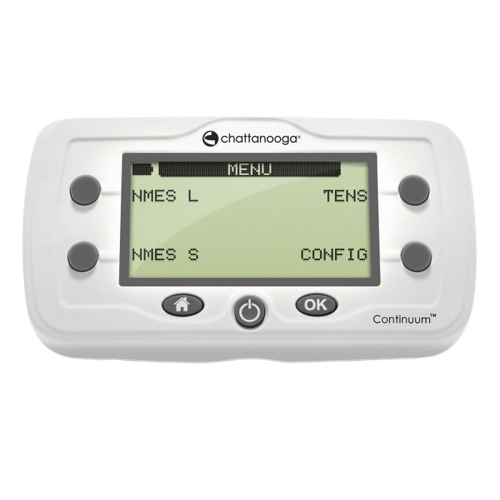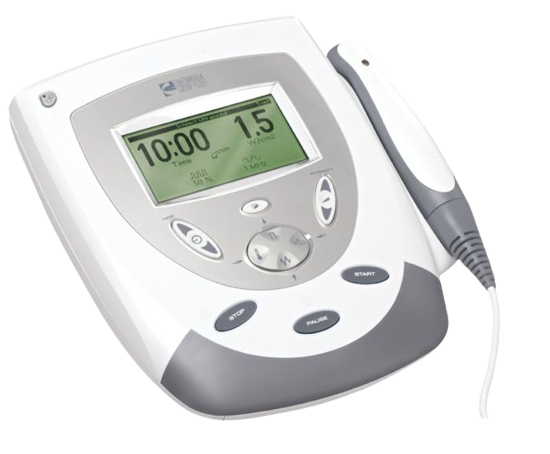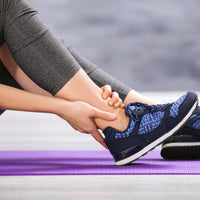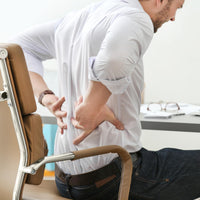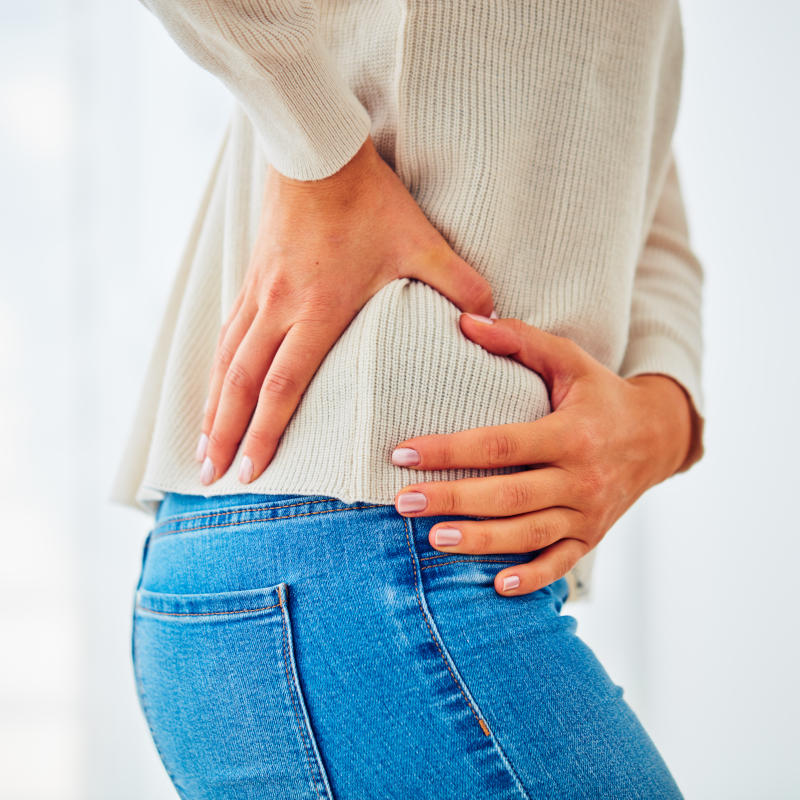
Key Takeaways:
- Understand the Causes of Inside Knee Pain: Common culprits include injuries like meniscus tears and MCL strains, chronic conditions like arthritis, and overuse syndromes like medial plica syndrome.
- Explore Comprehensive Treatment Options: From conservative approaches like physical therapy and knee braces to advanced treatments like PRP injections or surgery, tailored solutions exist for every level of discomfort.
- Prioritize Professional Diagnosis and Care: Accurate diagnosis through patient history, physical exams, and imaging tools ensures effective treatment plans. Professional support can guide your recovery with personalized strategies and high-quality rehabilitation aids.
Knee pain can be a frustrating obstacle, especially when it strikes the inner part of your knee. Whether a dull ache that nags you after a workout or a sharp pain that disrupts your daily routine, inside knee pain often stems from specific conditions that demand targeted solutions. Understanding the cause is the first step toward relief—and finding the right treatment can help you get back to doing what you love.
At OrthoBracing, we’re dedicated to helping you manage and recover from joint pain with expert-backed solutions and premium orthopedic products. In this article, we’ll break down the most common causes of inside knee pain, from ligament strains to cartilage issues, and explore effective treatments to help you heal faster. Plus, you’ll find trusted products designed to provide support and comfort throughout your recovery journey.
Why Inside Knee Pain Occurs: Understanding Common Triggers
Inside knee pain, a discomfort on the inner part of the knee, can result from various sources, including injury, wear and tear, and underlying medical conditions. This type of pain is particularly relevant for individuals recovering from orthopedic surgery, as it can be both a symptom of an existing condition and a new issue arising during recovery. Understanding the common triggers can help identify the cause and determine the most appropriate course of treatment.
- Overuse and Stress: Repetitive movements or increased activity levels can put excessive stress on the knee joint, leading to pain inside the knee. This is commonly seen in athletes or individuals suddenly increasing their physical activity.
- Injury: Injuries such as tears to the medial meniscus or medial collateral ligament (MCL) are frequent causes of inside knee pain. These injuries can occur from direct impact or twisting motions and are common in sports requiring quick direction changes.
- Arthritis: Osteoarthritis is a prevalent cause of knee pain, particularly in older adults. It occurs when the protective cartilage on the ends of your bones wears down over time, leading to pain, swelling, and difficulty moving the joint. The knee is one of the most commonly affected areas.
- Medial Plica Syndrome: The plica is a fold in the lining of the knee joint. Medial plica syndrome occurs when this fold becomes irritated, commonly due to overuse or injury, leading to pain on the inside of the knee.
- Bursitis: Bursae are small, fluid-filled sacs that cushion the knee joint. Inflammation of the bursae, known as bursitis, can cause pain on the inner side of the knee. This condition can be triggered by repeated pressure from kneeling, a direct blow to the knee, or chronic conditions like arthritis.
Injuries That Lead To Inside Knee Pain: What To Watch For
Understanding the types of injuries that can lead to this discomfort is crucial for prevention and appropriate treatment. Here are some of the typical injuries that result in inside knee pain:
- Medial Collateral Ligament (MCL) Injuries: The MCL, running along the inner part of your knee, is essential for stability and strength. An MCL strain or tear often occurs due to a direct blow to the outer knee, causing pain and tenderness on the inside of the knee.
- Meniscus Tears: The meniscus is a cushion between your thighbone and shinbone. Tears can happen during activities that forcefully twist or rotate the knee while bearing weight. A meniscus tear can cause pain in the inner part of the knee.
- Medial Plica Syndrome: This condition involves irritation of the plica, a fold of synovial tissue in your knee. It can result from overuse, leading to pain and swelling on the inside part of the knee.
- Patellofemoral Pain Syndrome (PFPS): While PFPS often causes pain in the front of the knee, it can also result in discomfort around the inner side, especially if the patella (kneecap) moves in an imbalance or misalignment.
- Osteoarthritis: Osteoarthritis in the knee can cause the cartilage to wear away, particularly on the inner side of the knee joint, leading to pain and stiffness.
How To Accurately Diagnose Inside Knee Pain: Methods And Tools
Diagnosing the root cause of inside knee pain is crucial for devising an effective treatment plan. Health professionals utilize a comprehensive approach combining patient history, physical examination, and state-of-the-art diagnostic tools to identify the underlying issues accurately. Here's a closer look at the process:
Patient History
The diagnosis journey often begins with a thorough patient history. Practitioners will inquire about the nature of the pain, its onset, and any activities that exacerbate or alleviate the discomfort. Understanding the patient's lifestyle, including professional obligations, sports, and recreational activities, helps narrow potential causes.
Physical Examination
Physical examination is a critical step in diagnosing inside knee pain. Orthopedic surgeons and physical therapists meticulously evaluate the knee's range of motion, stability, and strength. They look for signs of tenderness, swelling, and abnormalities that might point to specific conditions like meniscal injuries or medial collateral ligament (MCL) issues.
Diagnostic Imaging
Diagnostic imaging plays a pivotal role in identifying the exact cause of knee pain. Common imaging techniques include:
- X-rays: Useful for detecting bone fractures and signs of knee osteoarthritis.
- Magnetic Resonance Imaging (MRI): Detailed images of hard and soft tissues, including cartilage, ligaments, and tendons. MRI is particularly valuable for diagnosing soft tissue injuries.
- Ultrasound: Employed to visualize soft tissue structures around the knee. It’s especially helpful in assessing tendons and ligaments for tears or degeneration.
- Computed Tomography (CT) Scan: Combines X-ray images from different angles to create cross-sectional views of the inside of the knee. It’s particularly useful for examining complex fractures.
Additional Tests
Further tests may be necessary to diagnose conditions contributing to inside knee pain in some cases. These might include blood tests to rule out inflammatory or infectious conditions and joint aspiration (arthrocentesis), where a small amount of fluid is withdrawn from the knee joint for analysis.
Exploring Treatment Options For Inside Knee Pain: What Works Best?
Here, we explore various approaches to alleviating inside knee pain, ensuring supportive and professional guidance tailored to recovery needs.
Conservative Treatments
Conservative treatments often serve as the initial step in addressing inside knee pain. These methods include:
- Rest and Ice: Essential for reducing inflammation and pain, resting the knee and applying ice packs in 20-minute intervals can offer immediate relief.
- Physical Therapy: A tailored physical therapy program can strengthen the muscles around the knee, improving its stability and function. Experienced therapists may utilize techniques such as ultrasound, manual therapy, or specific exercises to target the source of pain.
- Medications: Over-the-counter anti-inflammatory drugs (NSAIDs) can effectively manage pain and swelling. However, consulting a healthcare provider before starting any medication regime is crucial.
Orthopedic Devices
Utilizing orthopedic devices can further aid in the rehabilitation of inside knee pain. Our company offers a range of high-quality brands, such as AirCast, Breg, Chattanooga, DonJoy, and Exos, which provide:
- Knee Braces and Supports: Designed to offer stability and support to the knee joint, these devices can alleviate stress on the affected area, promoting healing and preventing further injury. One such option is the Nufabrx Pain Relief Knee Sleeve, which combines compression with embedded medicine to provide targeted pain relief, helping reduce discomfort during recovery.
- Compression Wear: Enhancing circulation while providing support, compression wear can reduce swelling and discomfort during recovery.
Advanced Treatments
For cases where conservative treatments and orthopedic devices do not provide sufficient relief, advanced treatments may be recommended:
- Corticosteroid Injections: These are administered directly into the knee joint, and corticosteroid injections can offer rapid pain relief and reduce inflammation. It’s a temporary solution that can make physical therapy more manageable.
- Platelet-Rich Plasma (PRP) Injections: Utilizing the patient's blood components to promote healing, PRP injections are gaining popularity in treating various knee conditions, including issues causing inside knee pain.
- Surgery: As a last resort, surgical options might be considered to repair or replace damaged knee components. Surgical solutions are typically pursued when the structural damage is significant or other treatments fail to yield desired results.
Inside Knee Pain And Daily Life: Tips To Stay Active And Pain-Free
Dealing with inside knee pain can significantly affect your day-to-day activities, making what used to be simple tasks feel daunting. To stay active and minimize discomfort, it’s important to adopt strategies that support knee health while facilitating recovery. Here are some practical tips for individuals recovering from orthopedic surgery or managing inside knee pain:
Listen To Your Body
Understanding the difference between good and bad pain is crucial. While some discomfort might be expected during recovery, sharp or increasing pain is a sign that you should slow down. Always prioritize your body's signals and adjust your activities accordingly.
Gradual Exercise
Incorporate low-impact exercises into your routine to strengthen the muscles around your knee without placing too much stress on it. Activities like swimming, stationary biking, and walking can promote flexibility and strength. Start slow and gradually increase intensity under the guidance of a healthcare professional.
Supportive Footwear
Wearing shoes that provide adequate support can alleviate stress on your knees. Opt for footwear with good arch support and cushioning to distribute weight more evenly when walking or standing.
Knee Braces And Supports
Consider using knee braces or supports to stabilize the knee joint and relieve pressure. Our brands, such as AirCast, DonJoy, and Exos, offer top-quality knee braces that cater to various needs, ensuring you find the right support to maintain an active lifestyle despite inside knee pain.
Modify Activities
Adjust your daily activities to reduce strain on your knee. For instance, use the elevator instead of stairs, and when lifting objects, use your whole body or ask for assistance to avoid additional pressure on your knees.
Maintain A Healthy Weight
Excess weight can significantly increase the strain on your knees. Maintaining a healthy weight through a balanced diet and regular activity can alleviate pressure and reduce pain.
Regular Check-ups
Stay in touch with your healthcare provider to monitor your progress and adjust your treatment plan. Regular assessments ensure that any adjustments to your recovery process are made timely and effective.
Final Thoughts
Inside knee pain can be disruptive, affecting mobility and overall quality of life. However, understanding its causes, pursuing accurate diagnosis, and exploring appropriate treatments can help you regain comfort and functionality. Whether you need rest, physical therapy, or advanced interventions, solutions are tailored to your needs. At OrthoBracing, we’re committed to supporting your recovery with expert-backed advice and premium orthopedic products designed to make your healing journey smoother.
Our curated selection of the highest quality brands, including AirCast, Breg, Chattanooga, DonJoy, and Exos, is designed to support you every step of the way. These brands are renowned for contributing to effective healing and comfort during recovery. Remember, addressing knee pain early, following through with prescribed treatments, and using supportive aids can help expedite your return to a pain-free lifestyle.
Read also
- How Tight Should a Knee Brace Be?
- Best Knee Rehab Exercises For Strength And Flexibility
- How To Use An Ice Machine For Knee: Step-By-Step Guide
Frequently Asked Questions About What Causes Inside Knee Pain?
What are the symptoms of an MCL injury?
The medial collateral ligament (MCL) is a key structure on the inside of your knee, and injury to it can lead to significant inside knee pain. Symptoms of an MCL injury typically include pain and tenderness along the inner part of the knee, swelling, and a feeling of instability or the knee giving way. In severe cases, you might also experience a locking sensation, which makes it difficult to straighten the knee.
Is inside knee pain a sign of a knee strain or sprain?
Inside knee pain can indeed be indicative of a strain or sprain. Strains involve the muscles around the knee, while sprains pertain to ligaments, the bands connecting bones. Both conditions manifest through pain, although the exact location may vary depending on the affected structure. Swelling, limited mobility, and, in some cases, bruising are also common. Recognizing the difference between the two is crucial for effective treatment.
Could a Baker's cyst be responsible for pain inside my knee?
A Baker's cyst, medically known as a popliteal cyst, forms at the back of the knee joint but can cause pain that radiates to the inside of the knee. It is a fluid-filled swelling that leads to a bulge and a feeling of tightness, potentially causing pain when the knee is fully flexed or extended. While it primarily affects the back of the knee, the discomfort can spread to the inside area.
What type of physical activities can lead to inside knee pain?
Inside knee pain can result from various physical activities, especially those involving sudden changes in direction, twisting movements, or direct impact on the knee. Sports such as football, skiing, basketball, and soccer are common culprits. Additionally, activities that put repeated stress on the knee joint, like running, cycling, and jumping, can also lead to inside knee pain over time.
When is surgery necessary for inside knee pain?
Surgery may be considered for inside knee pain when conservative treatments—such as rest, physical therapy, and medication—fail to relieve symptoms or when the structural damage within the knee is severe. In more severe cases, common surgical procedures include arthroscopy to repair or remove damaged tissue and ligament reconstruction. The necessity for surgery largely depends on the patient's level of pain, functional impairment, and overall health status.
Are there any home remedies for relieving inside knee pain?
Yes, several home remedies can help alleviate inside knee pain. Applying ice to the affected area for 20 minutes daily can reduce swelling and relieve pain. Resting the knee and avoiding activities that exacerbate the pain is also essential. Elevating the leg and using compression wraps can further help manage swelling. Gentle stretching and strengthening exercises, recommended by a healthcare professional, can also aid in recovery.

